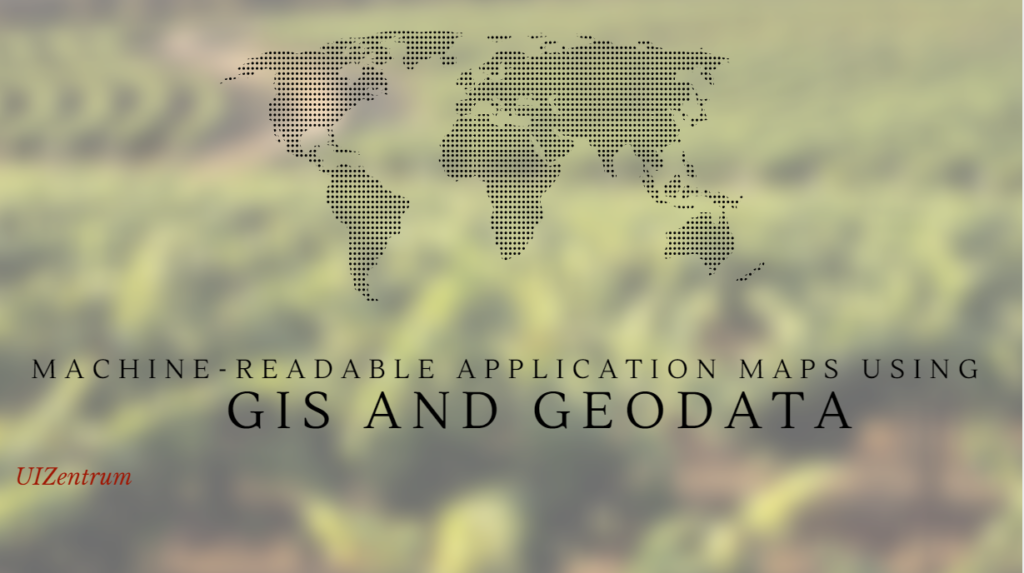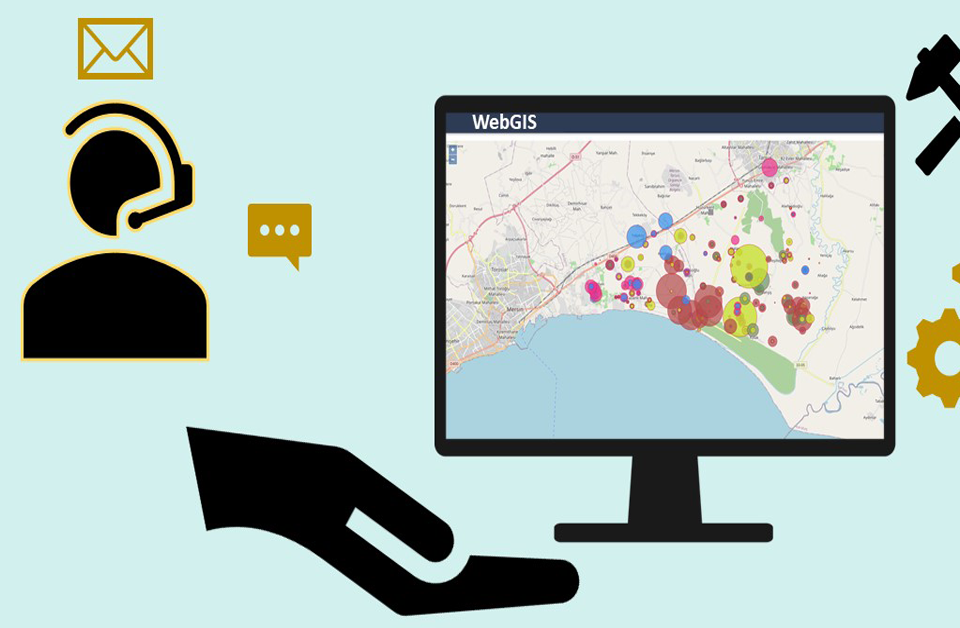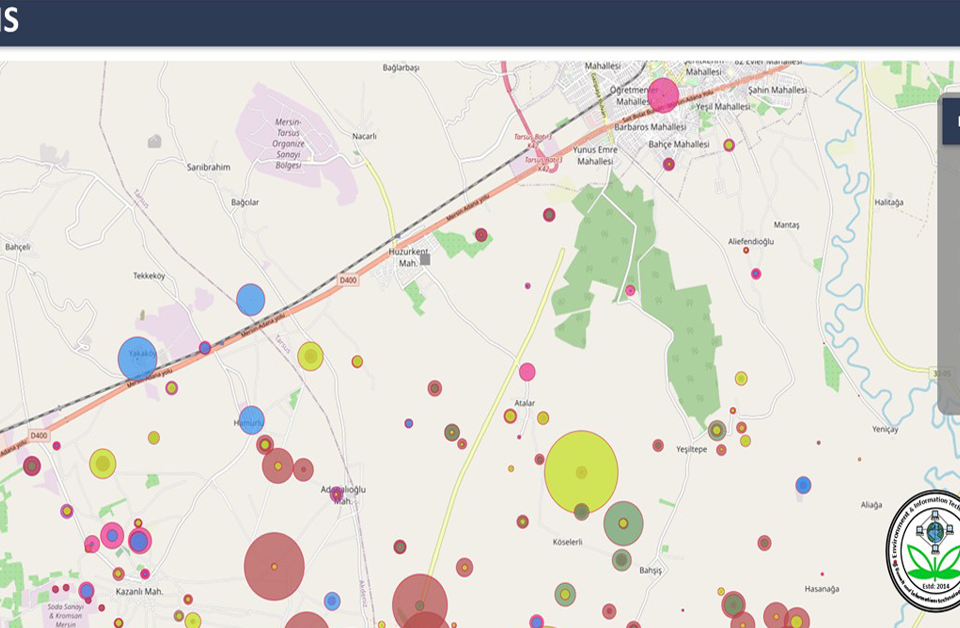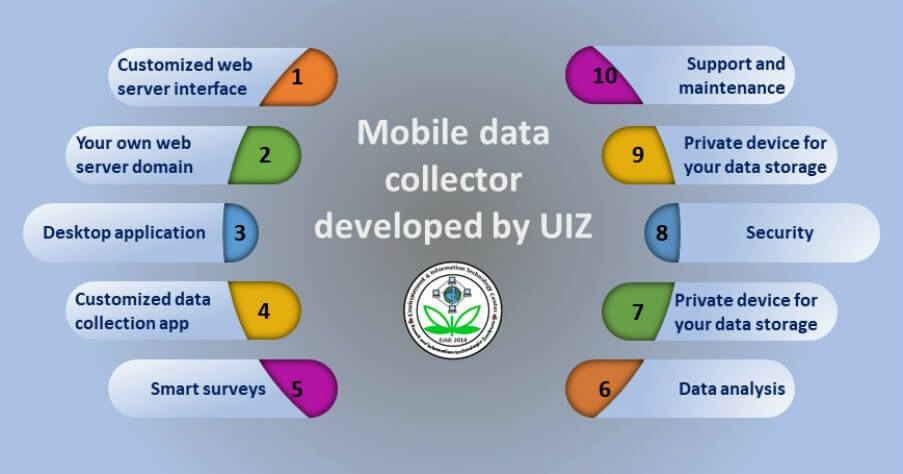Machine-Readable Application Maps Using GIS and Geodata

Photogrammetry and Remote Sensing with GIS
September 5, 2017
Vector Data Capture
October 4, 2017The technological evolution we are going through compels us to look for easier solutions to the problems and mysteries and this is possible through the advancements that we have made in the respective field. Maps have been useful to a very large extent including environmental planning, town planning, development plans, navigation, construction and many more. The introduction of GIS and Geodata has made possible the development of maps to a whole new level with machine-readable feature. The use of GIS and Geodata have proved to be constructive and essential in the creating of machine-readable application maps which would be very useful to the easy monitoring of the environment especially in pesticides application.
Geodata and GIS
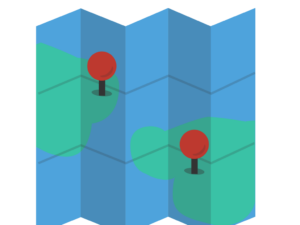
Geodata for Machine-readable application use
GIS stands for Geographic information systems while Geodata as one can guess stands for geographic data. The two terms; GIS and Geodata are closely related knowing that geographic data is to be processed before becoming geographic information. The geographic information system is how geographic information is put to use for achieving an outcome.
Machine-readable Applications Maps

Machine-readable applications maps are in a format of standard computer language that can be read automatically by a web browser or computer system but not in a language human being will understand. This will make it easier to use as the computers or interpreting devices will be used to decode the maps and simplify it in detail for the user. Furthermore, this will open more room for development as it provides a perfect backbone and allows more branches to it.
The phenomenon of using GIS and Geodata to create Machine-readable application maps is still in the testing stage before being announced officially, so still in the making but it is doing well in the testing. The idea was developed in five stages through the entire process which will be discussed in the process sections below.
The process of creating Machine-readable application maps using GIS and Geodata
The idea was developed through the five stages where the integrals parts of the data sources were public information as well as Geodata. Below are the five stages in details;
1. Data input in GeoForm
As said in the earlier paragraph that one of the sources to collect data is public information and in this first stage, collecting data from the area-specific public would be necessary. The best and easier way to do this would be creating a GeoForm either on a desktop computer or mobile device and make it available to the public for providing the necessary information.
2. Projection of epidemic headway based on the data collected
In this step, among the projection models for agricultural pests and diseases is calculating the field-specific starting date and treatment intervals for pesticides measures. This information will be necessary to show the rate of pesticides applications to the changes observed with time. This will provide answers about the necessity of pesticides applications.
3. Buffer-zones calculation based on legal regulations
In this stage, based on public data the Buffer Zone Tool identifies zones in the covered field where the pesticides applications will be allowed and where will not be allowed. This will produce a machine-readable application map which will be fully read and understood by the computer. The factors below regarding the buffer zones are included in the process; Specific pesticides buffer zones to water bodies require protection, buffer zones arising from the slope of a field more than two per cent and buffer zones arising from spray nozzles used, buffer zones to water bodies.
Geodata has to be available for the field-specific calculations. For research purpose, Geodata was extracted from the German Federal Agency for Cartography and Geodesy (BKG). This agency has information about the geographical position of water bodies and the landscape structure of entire Germany. The calculations of the buffer zones were performed by an online GIS application were among the process were to intersect the Geodata and geoprocessing service information from the above sources to identify the prohibited areas to spray pesticides. The map produced is one that shows application zones and buffer zones. Upon noticing any imperfection in the public Geodata provided which is common, changes have to be done to ensure the accuracy of the map.
4. Transfer to the terminal using the non-proprietary ISO-XML Format
The file format ISO-XML is more based on Agricultural engineering and continues to dive in as it is very used in the field as was used in this project during iGreen where many machines manufacturers collaborated. This application map is using the non-proprietary ISO-XML format which allows being applied to terminals of other manufacturers.
5. Application and documentation
Having the tractor mounted with the GPS as well as a sprayer with section control, there can be an automated application which will control the spraying when the tractor gets to buffer zones by automatic switching off. Modern terminals can record pesticide application data which simplifies the documentation significantly and therefore the information generated over the period could be useful for consecutive treatments.
This idea is called Crop Protection Manager which is currently being worked on by ZEPP and undergoing tests where so far it has undergone successful tests in Saxony-Anhalt, Lower Saxony and Rhineland-Palatinate as pilot farms. There had also been integration tests whereby different terminals from different manufacturers were combined and connected to the on-board computers and the application process was imitated by with a stimulated GPS-signal.
Crop protection manager development was completed successfully thanks to the working team in ZEPP project, the farmers, the public at large and more to German Federal Agency for Cartography and Geodesy (BKG) for their cooperation and enabling iGreen to complete the project. The project’s completion comes with a lot of potentials as the service could be available to every farmer in Germany using the internet portal of ISIP.
Contact UIZ for GIS and Geodata services by hiring us to survey the area you want the Geodata for. Reach us at +49-30-20679116 or visit the GIS page of UIZ website to learn more about how we offer our services and also making an inquiry.

